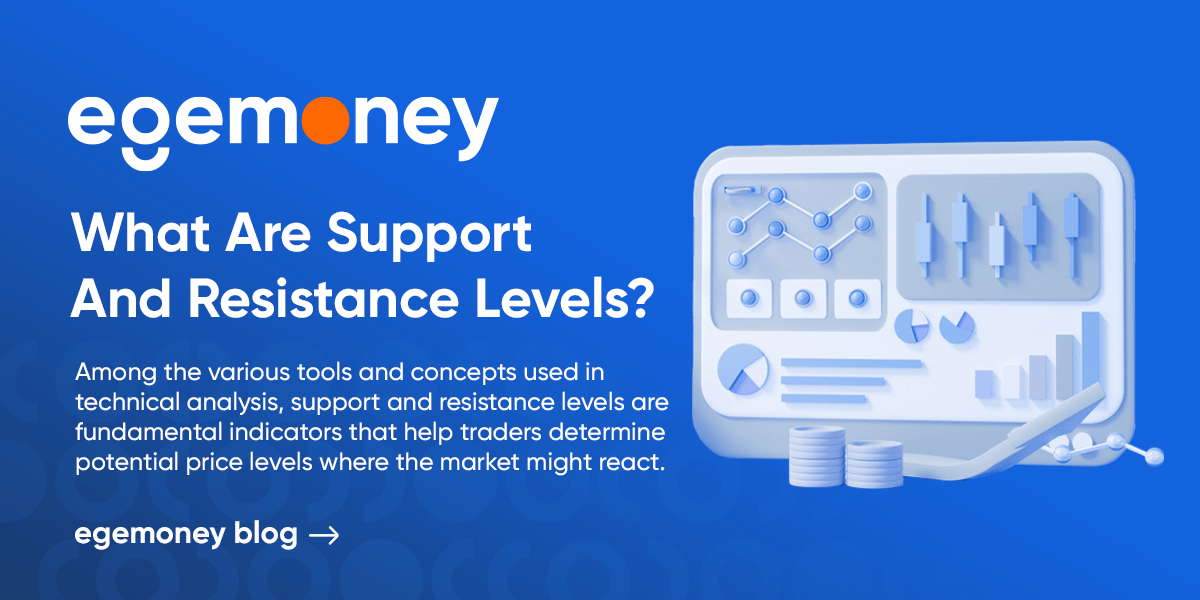
In cryptocurrency trading, technical analysis plays a significant role in making informed investment decisions. Among the various tools and concepts used in technical analysis, support and resistance levels are fundamental indicators that help traders determine potential price levels where the market might react.
A support level refers to a price level where the buying pressure is expected to be strong enough to prevent the price of a cryptocurrency from falling further. It represents a level at which traders perceive the value of the asset to be relatively attractive, leading to an increase in buying activity. As the price approaches the support level, demand outstrips supply, causing the price to stabilize or reverse the downtrend. Support levels are usually represented by horizontal lines connecting multiple low points or price consolidation areas on a price chart.
A resistance level, on the other hand, denotes a price level where the selling pressure is expected to be strong enough to prevent the price of a cryptocurrency from rising further. It represents a level at which traders perceive the value of the asset to be relatively overvalued, triggering an increase in selling activity. As the price approaches the resistance level, supply outstrips demand, causing the price to halt or reverse the uptrend. Resistance levels are typically represented by horizontal lines connecting multiple highs or price consolidation areas on a price chart.
To explain the difference between the two in simple terms, support levels mark areas where buying pressure is expected to emerge, leading to a potential price reversal or consolidation. They act as a floor for the price, preventing it from falling further. Conversely, resistance levels represent areas where selling pressure is expected to increase, potentially causing the price to reverse or halt. They act as a ceiling for the price, preventing it from rising further.
Support and resistance levels can change in light of significant factors impacting the market. When a support level is broken, previous buyers who bought at this support level may now sell and exit their positions, similarly, when a resistance level is breached, sellers at the resistance level may now buy and maintain their positions. When these breaks occur, the support and resistance levels have changed, and time is needed to determine them again.
Psychological factors also play a role in support and resistance levels. Support levels trigger buying interest with the perception of low value, while resistance levels lead to selling pressure with the perception of overvalue. These factors naturally impact market sentiment.
Effects of Support and Resistance Levels
Support and resistance levels have significant effects on the cryptocurrency market and can provide valuable information to traders. When the price approaches a support level, it may bounce off the support, reverse the downtrend, and initiate an upward movement. This can offer buying opportunities for traders expecting a price reversal. Similarly, when the price approaches a resistance level, it can reverse the uptrend and initiate a downward movement by bouncing off the resistance. This can present selling opportunities for traders expecting a price reversal.
Support and resistance levels are fundamental components of technical analysis and aid investors in making informed decisions. By identifying these levels, traders can evaluate the potential risk and return of a trade, establish entry and exit points, and manage their positions effectively. These levels can serve as reference points for setting stop-loss levels to limit potential losses and take-profit levels to secure gains. Additionally, the Elliott Wave Analysis offered on the EgeMoney platform can also assist investors in evaluating their investments.







